It’s one of the most common questions we’re asked when we talk with parents of a newly diagnosed child — Do I tell my child that they’re autistic? The answer — almost always — is yes. Now, in therapy we talk a lot about how “always” isn’t a helpful word. The reason is that there really is no such thing as “always.” There may be a unique situation where the generally recommended advice doesn’t apply and ultimately you decide what is right for your family. However, the goal of this article is to help you understand why we at Children’s National almost always recommend talking to your child about their autism diagnosis, as well as some ideas about how to go about it.
Reason one: Kids are smart
Most of the time, kids have a sense of when something about them is different than other kids. And kids are in a development phase where they are trying to understand themselves, their world and how the two go together. Whether we intended it or not, kids are always trying to make sense of the world and their place in it, and telling themselves stories about why things are the way they are.
Unfortunately, what we know from research on the development of self-esteem in Autistic young people is that, without an explanation for why some things are hard for them (that are easy for their peers), the stories that Autistic people tell themselves aren’t very happy ones. The things kids tell themselves may sound like, “I’m not smart,” “I don’t belong in this family,” or “I’ll never be good at anything.”
We want to give them language and knowledge about autism so that the stories they tell themselves can instead sound like, “I need help to do my best when switching between tasks, but it’s getting easier for me,” “My brain works differently, but the people who love me, love that about me,” and “Autism makes some things hard, but it means I’m really good at some things too.”
Reason two: It gives them access to new communities, friendships, and sources of joy
Research suggests that one of the things that is most protective for the mental health of Autistic children is engaging them in their special interests and connecting them with others who share their passions. Connecting them to groups of other Autistic children gives them a chance to connect with others who experience the world through a lens that may be more similar to their own. This can lead to greater inclusion, more sense of belonging, and higher self-esteem.
Talking to your child about autism
You may be thinking — that’s great Ashley but you talk about stuff like this all the time, so you know exactly what to say, how am I supposed to approach this conversation as a parent? First of all, to reassure you, these conversations are hard for professionals too! This is because every child is so different, has their own set of needs, and has a different level of information they are ready to receive. When I’m training new (and often very nervous!) therapists, I tell them that there are very few mistakes they could make as a therapist that we won’t be able to work together to put right. The same is true of this conversation — parents make mistakes, and kids are resilient. Even if the conversation doesn’t go as you’d hoped, there is usually something positive to be gained. That said, we do have some tips to help you feel more confident talking to your autistic child about autism:
- It’s not really a conversation so much as it is conversation(s). Autism is a lifelong identity and the way you talk to your child about autism at 5 years old is different from how you’ll talk about it when they’re 15, and different again from how you’ll talk about it when they’re 25. There’s no need to put pressure on one single conversation, even if it is the first time your child is learning that they are autistic. You’re just starting a conversation that you’ll keep having for the rest of your child’s life and there will be plenty of opportunities for you to keep learning and growing together.
- Emphasize strengths. Autism is a part of a child’s identity that comes with numerous strengths. And some of these strengths are impossible to separate from their autistic identity. Often when I talk with kids about autism, I have them pick out some things that they feel may be strengths for them.
- But don’t be afraid to validate difficulties. We talk a lot at Children’s National about providing care and services for children that are neurodiversity-affirming or that acknowledge autism as an essential part of a person’s identity. But it doesn’t mean we can’t acknowledge the things related to autism that are hard. Many kids with autism struggle to communicate, to manage their feelings and behaviors and to feel accepted in a world that is much better suited to neurotypical people because they generally have their own challenges recognizing the perspective of neurodivergent individuals and how to support neurodivergent individuals and how to support them. You should absolutely acknowledge and empathize with the things that are hard and explain to your child that there’s a reason these things are hard for them, and it has nothing to do with not being smart, or kind or good. It’s because they’re autistic and most other people aren’t – and that can be really hard!
A sample script
Sometimes it helps to have a solid example, so below is an example of how this conversation might look with a verbally fluent, elementary-aged child:
Dad: Emma, you know how we went to the doctor’s office, and you did all those puzzles and talked to the doctor about feelings and friends?
Emma: No.
Dad: You got to pick out a toy to take home at the end, remember?
Emma: Oh yeah! I put that somewhere. Do you know where I put it?
Dad: I want to talk with you about something…
Emma: Can you help me find my toy?
Dad: Yes. Okay. Let’s make a plan here. First talk, then I can help you look for toy? Sound good?
Emma: Okay.
Dad: Here — do a quick activity with me. I’m going to fold some papers in half and we’re each going to write some things that are easy for us on one side, and some things that are hard for us on the other side. I can help you if you can’t think of anything.
[They take a few minutes and complete this activity. Emma’s Dad helps her when she can’t think of something to add and by the end, they each have a list of 3-4 things on both sides of the paper].
Dad: Wow, look at that. We both have things that are hard for us, and some things that are easy for us. Everyone has things that are hard for them and things that easy and some of our lists have names. Your list is called autism. You are Autistic and that means that there are some things that are hard for you, and some things you are really good at. Like, you know how you only drink milkshakes with a purple straw? But you see that your little brother doesn’t care what color straw he uses?
Emma: Uh-huh
Dad: Well, a lot of Autistic people like to do exactly the same thing in the same way each time they do it because it feels comfortable and safe.
Emma: Aiden’s not Autistic?
Dad: No, Aiden’s not Autistic. Most people aren’t Autistic — your brain is kind of rare and unique. Sometimes that will be pretty cool, and sometimes that will be hard.
Emma: It will be hard? Why will it be hard?
Dad: Well, like for example with the milkshake — how do you feel when you can’t find a purple straw?
Emma: NOT good. Because sometimes I really want my milkshake.
Dad: Exactly — so sometimes I might have to help you figure out how to do things a little differently so you can still have the thing you want.
Emma: But it will also be cool?
Dad: Definitely. You know how you know everything about Pokemon? A lot of the time Autistic people are really good at remembering information about the things they care about.
Emma: Do you think being Autistic means that soon I’ll be able to remember the name of all 1,025 Pokemon?
Dad: Maybe! But the really important thing I want you to know is that…
Emma: I already know the original 151.
Dad: That is excellent news! Does everything I’m saying make sense so far?
Emma: I think so. Can I go watch Bluey now?
Dad: Sure!
This conversation wasn’t perfect! Emma clearly would have rather continued on with her day instead of pausing to have a conversation and her engagement was up and down. Her Dad didn’t talk about the social part of autism — which is a pretty big part of the diagnosis! But the point is — this conversation opened a door. There will be plenty of time for conversations about how Emma navigates the social world, self-advocacy and flexibility but for now, she knows that her Dad wants to help her with the things that are hard for her and sees the strengths that are part of who she is. If that’s all you can communicate before your child runs off to watch Bluey, you’re doing just fine.
Additional resources
Additional websites, books and articles that may be helpful for families to guide disclosing the diagnosis include:
- “Autism: What Does It Mean to Me?: A Workbook Explaining Self Awareness and Life Lessons to the Child or Youth with High Functioning Autism or Asperger’s,” by Catherine Faherty (2000)
- “Finding Out About Asperger Syndrome, High-Functioning Autism and PDD,” by Gunilla Gerland (2000)
- “Getting Started: Introducing Your Child to His or Her Diagnosis of Autism,” by Marci Wheeler
- “You Have Autism,” by Shelly McLaughlin
- “Welcome to the Autistic Community!” A handbook, written in plain language, welcomes newly-diagnosed autistic people and autistic people who have just learned of their diagnosis to the Autistic community. It addresses the most common questions that people may have about their diagnosis, emphasizes that they are not alone, and celebrates their new identity. This booklet is available in two versions for two different age groups: Adolescent and Adult
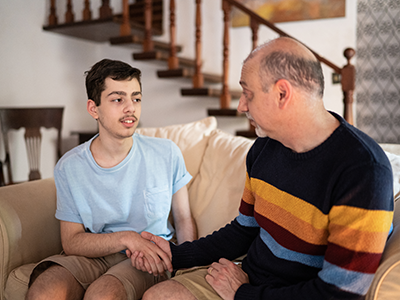 https://riseandshine.childrensnational.org/wp-content/uploads/2022/05/Father-and-son-talking-at-home-feature.png
300
400
Rise and Shine
https://riseandshine.childrensnational.org/wp-content/uploads/2017/11/childrens_riseandshine_logo.jpg
Rise and Shine2024-02-12 01:12:352024-02-12 13:58:48Talking to your child about their autism diagnosis
https://riseandshine.childrensnational.org/wp-content/uploads/2022/05/Father-and-son-talking-at-home-feature.png
300
400
Rise and Shine
https://riseandshine.childrensnational.org/wp-content/uploads/2017/11/childrens_riseandshine_logo.jpg
Rise and Shine2024-02-12 01:12:352024-02-12 13:58:48Talking to your child about their autism diagnosis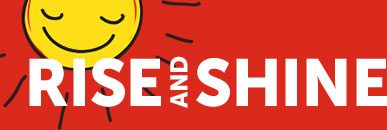




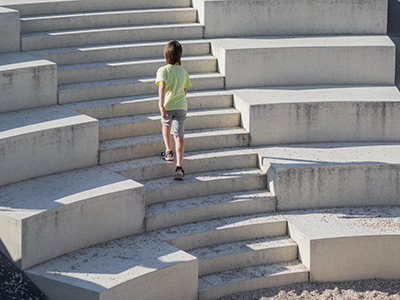
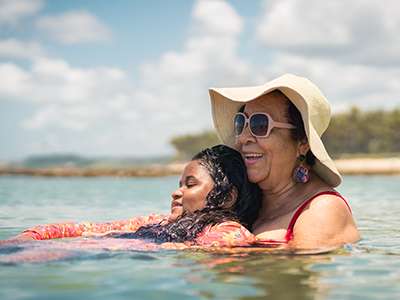
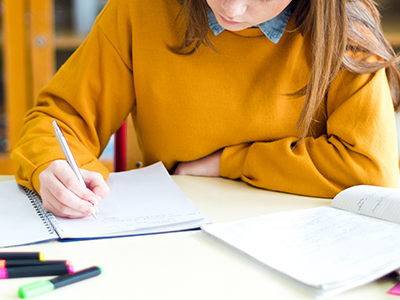
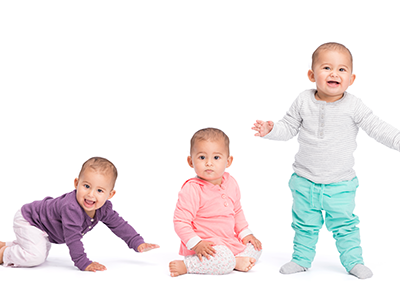
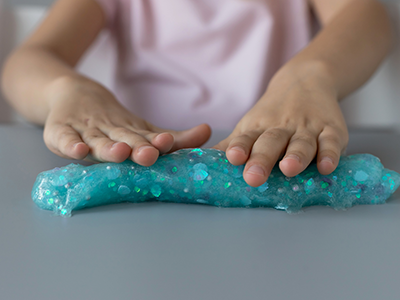
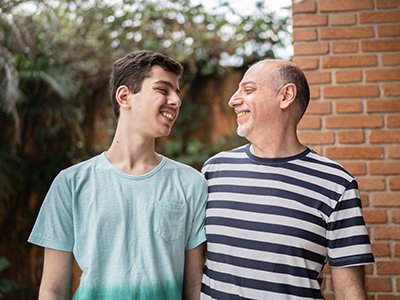



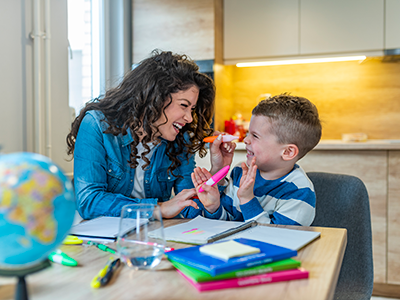
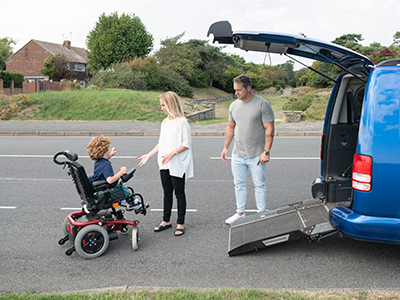

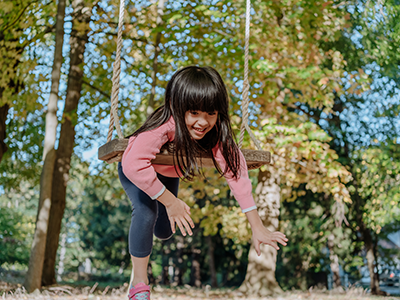
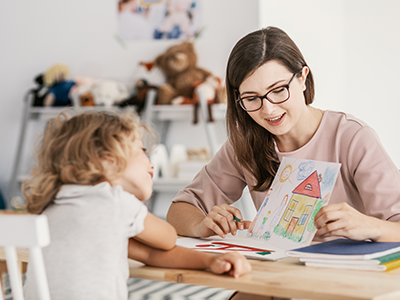
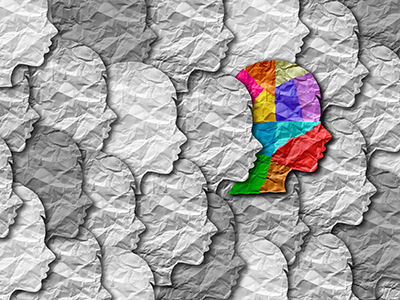
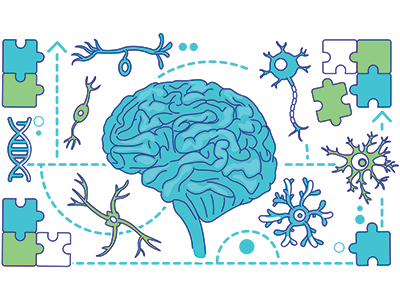
Leave a Comment
Want to join the discussion?Feel free to contribute!